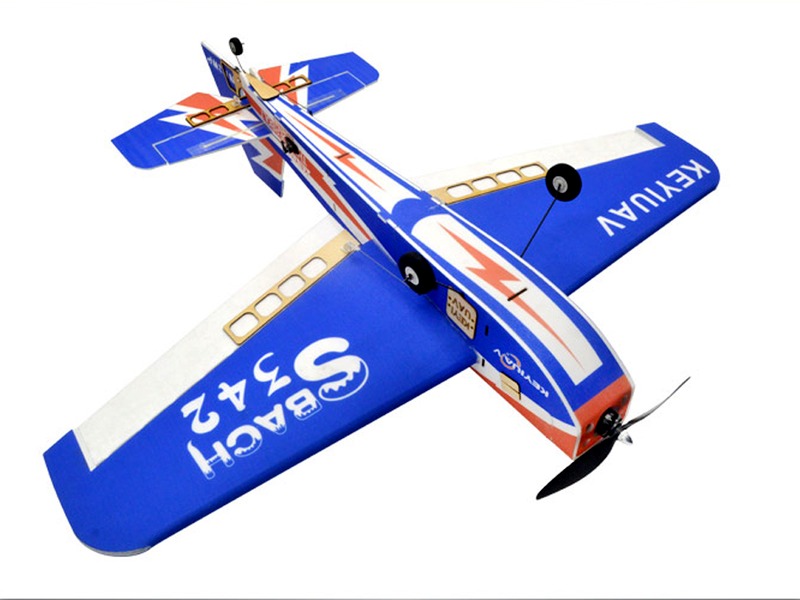What makes RC planes fly?

Remote control (RC) planes are powered by a small electric motor and are able to fly in a variety of ways. RC planes are typically powered by a rechargeable battery, and their motors are connected to a propeller. The propeller is what actually propels the plane forward and is responsible for the lift that keeps the plane in the air.
The lift generated by the propeller is a result of the Bernoulli principle. This principle states that when air is pushed through a tube or opening, it speeds up. As the air in the tube speeds up, the pressure inside the tube decreases, creating an area of low pressure. This low pressure area is what pulls the plane up and gives it lift.
The thrust generated by the propeller is also responsible for the plane's movement forward. The propeller is able to create thrust by pushing air backwards. This backwards force pushes the plane forward, allowing it to move in the direction desired.
In addition to the Bernoulli principle and thrust, the plane's wings also play an important role in the flight process. The wings provide the plane with lift, which is necessary for the plane to stay in the air. The wings also provide stability, which helps the plane maintain its balance as it moves through the air.
The plane also has control surfaces that help the pilot maintain control of the plane during flight. These control surfaces, such as the rudder, ailerons, and elevators, allow the pilot to control the plane's direction, speed, and altitude.
Finally, the plane is able to maintain its flight path due to the combination of all of the above factors. The propeller provides the thrust necessary to propel the plane forward, while the wings provide the lift necessary to keep the plane in the air. The control surfaces provide the pilot with the ability to maneuver the plane and make corrections to the flight path. All of these factors work together to provide the plane with the necessary lift, thrust, and stability for it to stay in the air and move in the direction desired.
Comments / Question
2. Motor: A motor is necessary for an RC plane to fly safely.
3. Battery: A battery is necessary for an RC plane to fly safely.
4. Radio Transmitter: A radio transmitter is necessary for an RC plane to fly safely.
5. Receiver: A receiver is necessary for an RC plane to fly safely.
6. Servos: Servos are necessary for an RC plane to fly safely.
7. ESC (Electronic Speed Controller): An ESC is necessary for an RC plane to fly safely.
8. Landing Gear: Landing gear is necessary for an RC plane to fly safely.
9. Spare Parts: Spare parts are necessary for an RC plane to fly safely.
10. Safety Gear: Safety gear is necessary for an RC plane to fly safely.

